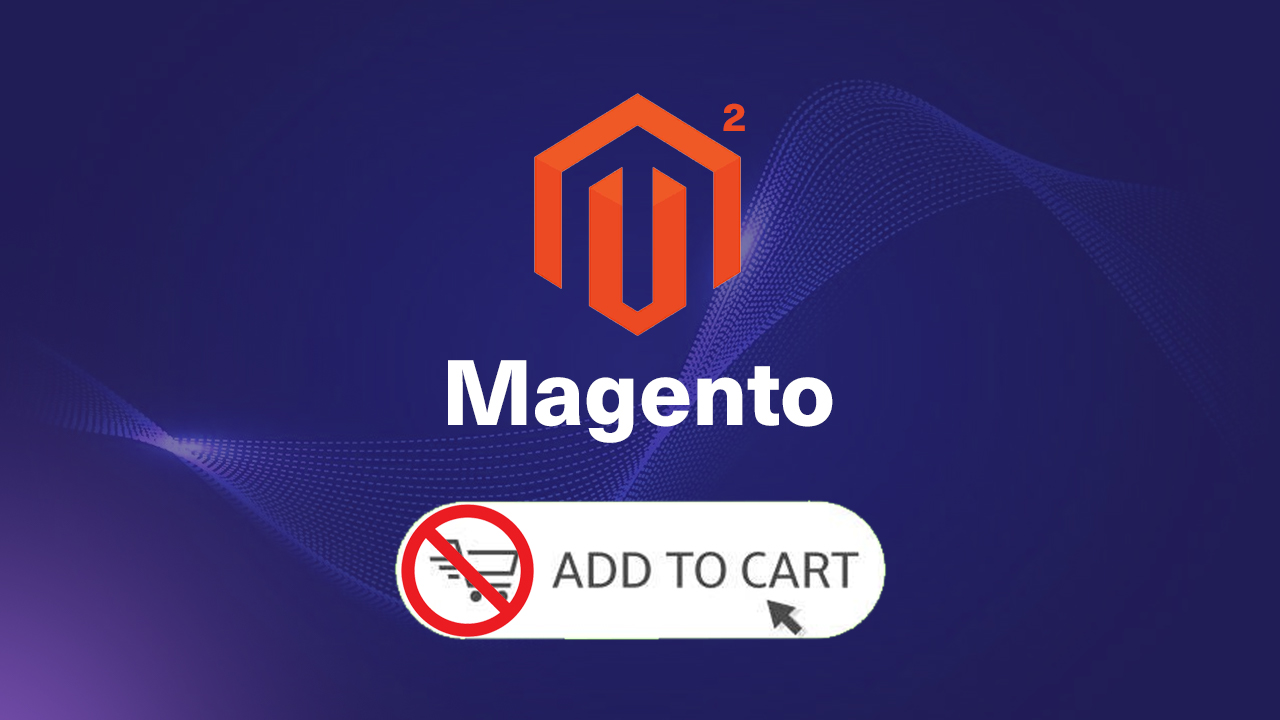Ecommerce ADA compliance promotes inclusivity and accessibility, benefiting your online store and brand.
While many ecommerce companies prioritize customer experience, it’s essential to remember that some users have disabilities that hinder their ability to navigate websites conventionally.
Your focus should encompass all customers, including those with disabilities to enable excellent customer experiences. Learn more about ecommerce ADA compliance for your website.
ON THIS PAGE
How To Create An ADA Compliance Website
Creating an accessible ecommerce website is achievable with the right knowledge and approach. Here are three essential tips to help you get started, and make sure to explore suitable ecommerce platforms:
Prioritize Visual and Hearing Accessibility
It’s essential to address the needs of users who are blind, deaf, have limited vision, or hearing impairments.
Start by making your website accessible for screen readers and voice navigation.
Ensure that your site’s text is readable aloud by incorporating a screen reader, benefiting those who might otherwise rely on Braille.
Provide text transcripts for visual content to help users who need an alternative way to understand non-textual elements.
Extra Tip: Clearly specify your website’s language (e.g., English, Spanish) to facilitate text readers, improving user experience for those who rely on them.
Pay Attention to Accessibility Details
Usability
Ensure that all sections of your website have multiple points of access.
For instance, individuals with conditions like amyotrophic lateral sclerosis (ALS), who use eye-tracking as a cursor may require an on-screen keyboard for form completion.
Include a search field for quick information retrieval and a site map for users to navigate effectively.
Appearance
Allow users to zoom in on content, with text that can be enlarged to 200% for easy readability. Make hyperlinks distinct, possibly underlining, bolding, italicizing, or using a different color.
Consistency in design elements is vital, ensuring that users can easily interpret the layout and meaning of your website.
Presentation
Use descriptive text to clarify content, and use nested headings to assist users with assistive devices in understanding content structure.
Avoid relying on color to convey meaning and provide alternatives or explanations when color is used for this purpose.
Forms should be user-friendly and error-free, with labels clarifying requirements and errors.
User Control
Minimize intrusive automatic pop-ups, but if necessary, make sure they are easily closable.
Avoid automatic elements that may disrupt the user experience, and allow users to control time-dependent aspects of your site, accommodating those who may need more time to complete tasks.
Seamless Customer Service
Offer assistance to users who may struggle with your website’s navigation, irrespective of whether they have a disability.
Providing alternatives when users encounter difficulties can significantly enhance customer satisfaction.
Customers should reach your business through various communication channels, including email, live chat, and phone.
Make it easy for your website to initiate these communication methods, ensuring a smooth experience for all users, regardless of their abilities. Technology should facilitate communication, not hinder it.
Recommended Read: Custom Ecommerce Development
What is ADA Title III?
ADA Title III is a crucial component of the ADA regulations concerning accessibility and ecommerce. It states that no one should face discrimination based on their disability when it comes to enjoying the goods, services, facilities, or accommodations provided by any public place.
These places of public accommodation encompass various categories, such as stores, educational institutions, restaurants, recreational facilities, and more.
Three Levels Of ADA Compliance
The WCAG 2.0 guidelines encompass three distinct levels of conformance, tailored to accommodate different user groups and diverse scenarios:
- Level A (the lowest level)
- Level AA (mid-range)
- Level AAA (the highest level)
For ecommerce websites, it is typically advisable to target AA-level compliance.
Level A signifies the minimum threshold of accessibility requirements and doesn’t apply to all content elements on a site. Striving for Level A alone may not sufficiently enhance your site’s accessibility and could lead to inefficient resource allocation.
On the other hand, achieving Level AAA compliance can be challenging for ecommerce sites, as it may necessitate significant alterations that can drastically transform the website’s appearance and functionality.
Level AAA standards are generally more suitable for government websites, where the utmost accessibility is imperative.
What Are The Business Benefits Of Creating An ADA Compliance Website?
Creating an ADA-compliant website offers several business benefits:
Ethical Responsibility
Ensuring accessibility is not just a legal requirement but also the right thing to do.
Everyone, including individuals with disabilities, deserves an excellent online experience, especially considering the increasing importance of the internet in people’s lives, highlighted by the recent pandemic.
Expanded Customer Base
Approximately 61 million adults in the US have disabilities, representing a significant portion of the population.
Having an accessible website allows you to reach a broader customer base, potentially boosting your sales and revenue.
Legal Compliance
ADA compliance is obligatory for government agencies, businesses serving the general public, and companies with over 15 employees.
While the legal landscape is evolving, the likelihood of accessibility becoming a requirement for ecommerce companies is increasing.
The surge in ADA-related lawsuits and demand letters underlines the importance of compliance and the potential legal consequences.
Enhanced User Experience
An accessible website isn’t just beneficial for disabled individuals, it also improves the experience for all users.
Following the WCAG guidelines ensures that your website is easy to read and navigate, allowing everyone to find the content they seek quickly.
Technological Advancements
Modern technologies and design strategies have made it easier than ever to create an ADA-compliant website.
Techniques like cascading style sheets (CSS) enable more dynamic and flexible content use, surpassing the limitations of older HTML designs.
SEO Benefits
ADA compliance often aligns with SEO best practices. Following WCAG guidelines can improve your search engine optimization, enhancing your website’s visibility and ranking.
Accessibility Testing For Ecommerce Websites
When it comes to ecommerce websites, it’s vital to ensure they are accessible through both manual and automated testing. Here are some common areas that require attention:
Read Also: 10 Mobile App testing Tools
Checkout Process
The checkout phase is a critical component of any ecommerce website. It’s crucial to ensure this process is accessible to all, including customers with disabilities.
Nearly 70% of online shoppers abandon their purchases during the checkout process, so it’s essential to test every aspect of this process.
Imagine the frustration and potential loss of sales if a user encounters accessibility issues right at the final step.
Form Fields
Properly coding website forms is crucial, as it can be challenging for individuals with disabilities to fill them out if not done correctly.
Form fields should have clear labels, and the forms should provide helpful error messages to guide users if they make a mistake while entering information such as shipping addresses and payment details.
Color Schemes
The design of your website should incorporate color schemes with sufficient contrast to accommodate people with color blindness and low vision.
You can easily check your website’s color scheme for accessibility using free tools like the a11y® Color Contrast Accessibility Validator.
Alternative Text
Since online shopping relies heavily on visual elements, it’s important to ensure product images have descriptive and accurate alternative text.
This text serves as a valuable resource for individuals with visual disabilities and others who use assistive technologies like screen readers, especially when images fail to load or in various other scenarios.
Mobile Shoppers
Mobile apps play a significant role in ecommerce, accounting for 187.5 million purchases in the United States, and are expected to increase in the future.
Therefore, it’s essential to thoroughly test the accessibility of your website’s desktop and mobile app versions.
ADA Compliance For Your Ecommerce Website
ADA compliance for your ecommerce website not only extends a warm welcome to every customer, regardless of their abilities or disabilities, but it also serves as a smart business move.
From a business perspective, ADA compliance shields you from potential legal issues and lawsuits.
Moreover, it leads to a reduction in shopping cart abandonment rates, a higher likelihood of customers returning, greater customer satisfaction, and increased revenue.
Additionally, being ADA-compliant can improve your website’s SEO, enhancing its online visibility.
On the ethical side, you’re making a positive difference. People with disabilities rely on these accommodations to fully enjoy online shopping and the internet in general.
If you’re in search of an ADA-compliant solution, don’t hesitate to get in touch with Klizer.
FAQs
What are WCAG and ADA guidelines for ecommerce websites?
WCAG (Web Content Accessibility Guidelines) and ADA (Americans with Disabilities Act) guidelines provide standards for ensuring that ecommerce websites are accessible to individuals with disabilities. They encompass various accessibility elements, such as alt text, accessible forms, and keyboard navigation, to offer equal access to all users.
Why is web accessibility important for ecommerce stores?
Web accessibility is crucial for ecommerce stores to provide an inclusive online shopping experience. It helps reach a wider customer base, including those with disabilities and reduces legal risks associated with non-compliance.
What is the significance of ADA compliance in ecommerce?
ADA compliance in ecommerce ensures that your website is accessible to everyone, including those with disabilities.
Inclusivity and Equal Access
- Embracing digital accessibility goes beyond legal obligations, fostering inclusivity and granting individuals with disabilities equal access to your online store.
Avoiding Legal Liabilities and Lawsuits
- Mitigating Legal Risks: By prioritizing ADA compliance, businesses can reduce legal liabilities and safeguard themselves against the rising tide of digital accessibility lawsuits.
Serving Customers with Special Needs
- Accommodating Special Needs: ADA-compliant e-commerce websites cater to customers with special needs, providing a user-friendly shopping experience for a diverse audience.
Overcoming Challenges and Leading the Industry
- Addressing Challenges: Ecommerce businesses should confront the challenges of ADA compliance to become industry leaders in providing fully accessible online shopping experiences.
- Importance of Clear Guidelines: Following clear accessibility guidelines ensures that your online store meets legal requirements and promotes inclusivity in the digital world.
How can ecommerce businesses achieve ADA compliance?
Achieving ADA compliance involves adhering to accessibility standards, conducting manual audits, and making reasonable accommodations. Implementing accessible design, providing alt text for images, and ensuring keyboard navigation are key steps.
What is the risk of non-compliance for ecommerce website owners?
Non-compliance with ADA guidelines can lead to legal action, including ADA lawsuits. Ecommerce site owners or business owners could face legal fees, penalties, and damage to their reputation if their websites are found to be inaccessible.
Can small businesses benefit from ADA compliance in ecommerce?
Yes, small businesses can benefit from ADA compliance by reaching a broader audience and creating a more inclusive online store. It’s a proactive approach that not only helps with legal compliance but also fosters good business practices.
Are there tools and assistive technologies that can aid in ADA compliance for ecommerce websites?
Yes, various assistive technologies, such as screen reader software and keyboard navigation tools, can assist users with disabilities in accessing your website. Implementing these tools is part of ensuring ADA compliance.
What are the best practices for ecommerce owners to become ADA-compliant?
Following WCAG guidelines, conducting regular accessibility audits, providing proper alt text for images, and ensuring that all users can navigate your website easily are the best practices. It’s essential to prioritize accessibility as a core part of your online business.
What are the benefits of proactive ADA compliance for ecommerce during the holiday season?
Proactively ensuring ADA compliance for ecommerce before the holiday season is advantageous as it can lead to increased sales, a broader customer base, and a positive brand image. It helps make the shopping experience accessible and enjoyable for everyone, including individuals with disabilities.
How can ecommerce businesses keep up with changing ADA guidelines and regulations?
Staying informed about evolving ADA guidelines and regulations is crucial. Ecommerce businesses should regularly review their websites, implement updates as needed, and seek legal advice or consult with experts to ensure ongoing compliance with the latest standards.
How can ecommerce organizations promote accessibility for customers with various forms of disability?
Ecommerce organizations can promote accessibility by implementing clear guidelines and best practices, accommodating different forms of disability, and ensuring that their web pages and shopping carts are designed to be inclusive. It is essential to provide equal access to all customers, regardless of their disabilities.








